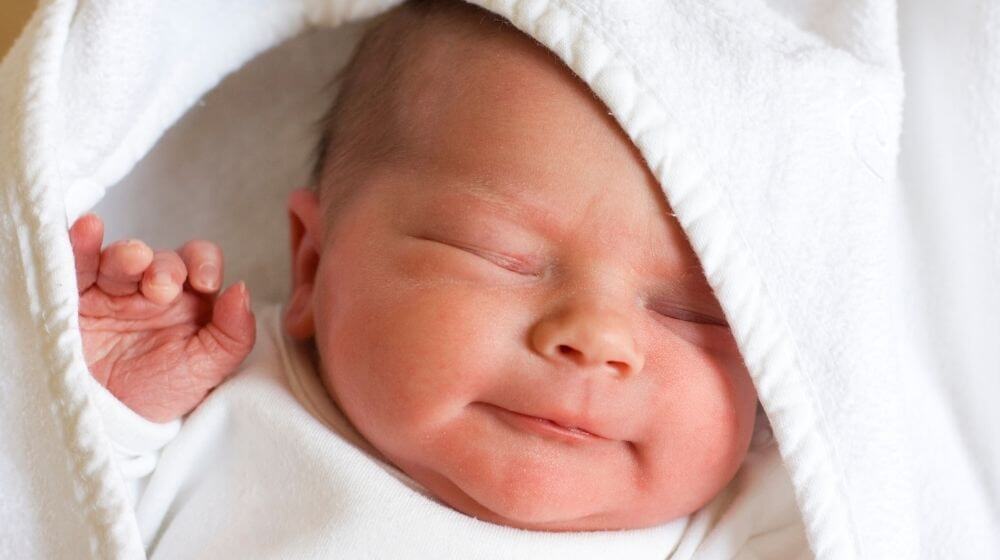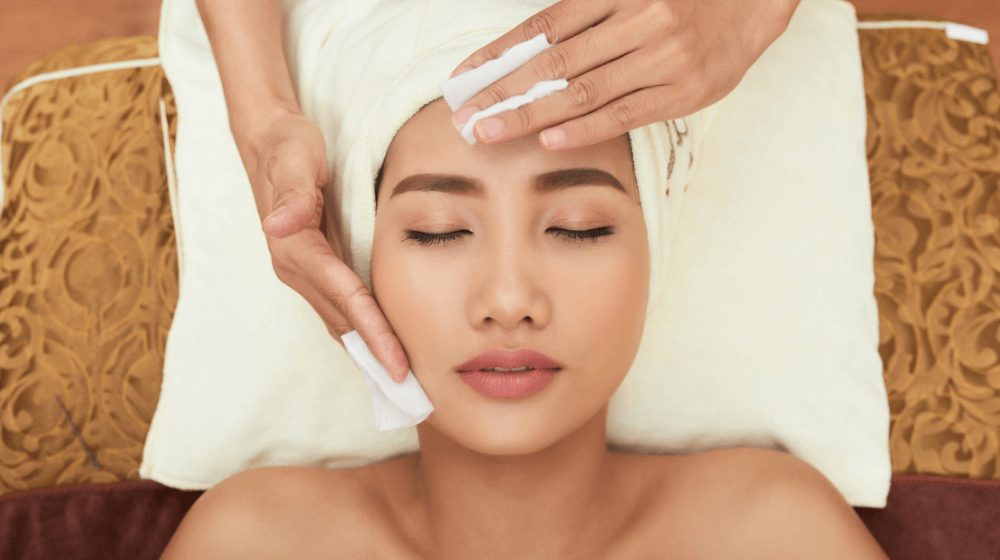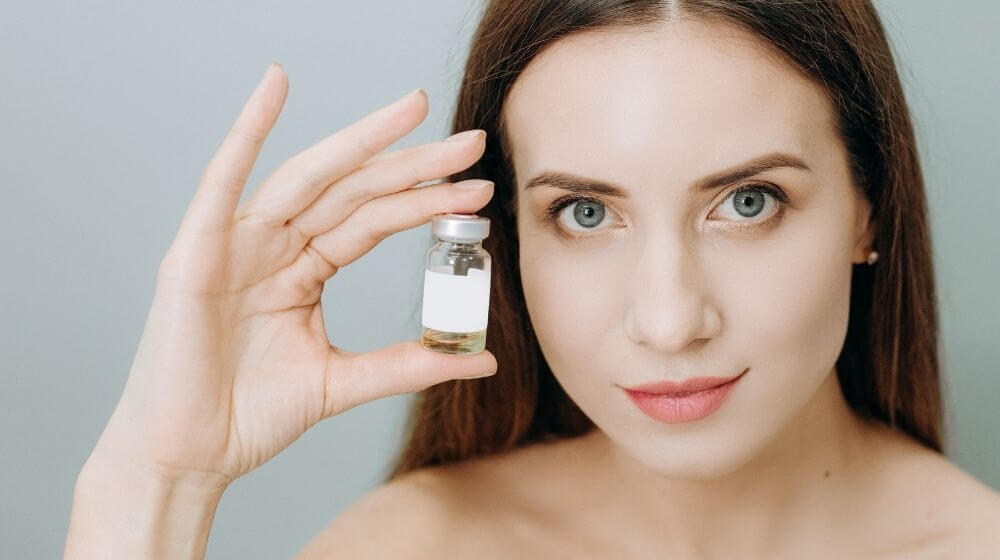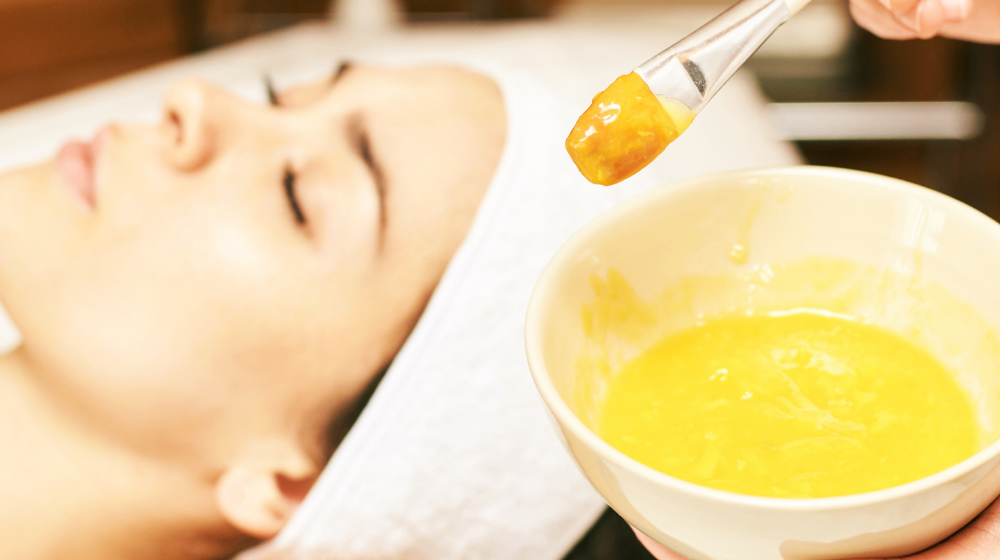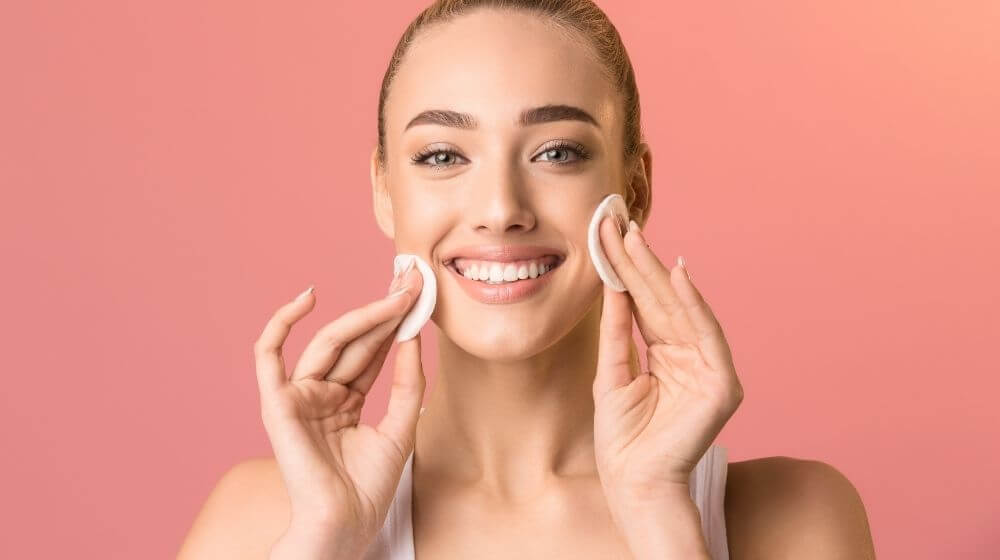The skin of a newborn baby is very delicate, and one always needs to be careful when it comes to taking care of it. The skin is in a very early stage of its development, and the immune system of the baby will not have matured yet. For this reason, a newborn’s skin is very prone to skin infection, rashes, discomfort, irritation and drying out.
When it comes to taking care of your newborn’s sensitive skin, less is always more. The new parents should not get confused and go for too many fancy baby skincare products or detergents that have added fragrances or dyes mixed in them as any such strong chemicals can have an adverse effect on the delicate skin of a baby.
Keeping the skin nourished and clean should be more than enough to prevent your baby from having to face any consequent problems with the skin. This article gives some tips for new mothers regarding taking care of their newborn’s skin. It will also discuss some very common skin problems that might be encountered by the newborn and will explain how they are to be tackled correctly.
Newborn Skincare: Problems & Solutions
1. Dry skin
Problem:
A baby’s skin is always thinner and more delicate than an adult’s skin. This causes it to lose moisture very quickly. Additionally, their skin does not produce as many hydrating and nourishing oils as an adult’s skin does. This naturally tends to make their skin dry and more prone to getting chapped. If the baby is born in the winter, this can be more of a problem since the air is quite cold and void of any moisture which worsens the condition of the dried skin.
Solution:
- The best solution to this problem would be to reduce the frequency of the number of times you bathe the baby in a week. A newborn does not need to be bathed every day. Newborns do not sweat a lot and spend most of their time in a closed environment at home which is free of dust and other than the occasional drool, vomit or a need to change their diaper, they do not usually get dirty. So you should limit the number of baths taken by the baby to not more than two to three times a week and in all other cases that require any cleaning, just use a little water and cleanser to wash up and then wipe off the area.
- Ensure that the baths do not last any longer than ten minutes. This is because bathing the baby too frequently, or for too long at a time, can strip the skin of natural oils. This leaves the skin dry and very vulnerable to getting chapped.
- While bathing the baby use only lukewarm water and choose a very gentle, unscented cleanser instead of soap.
- After the baby has taken a bath, do not rub the skin with a towel to dry it. Gently pat the damp skin with a soft, clean towel until it absorbs all of the moisture.
- To lock in the moisture of the skin and prevent it from drying out, immediately moisturize the skin after you give the baby a bath. While the skin is still a little damn, gently massage it with some hydrated baby lotion or baby oil.
2. Rashes caused due to diapers
Problem:
When a baby is exposed to a dirty diaper for long periods of time, it can cause the development of rates in that area. It can irritate the baby’s’ skin and cause a lot of irritation. Often, the discomfort faced by the newborn can affect the sleep cycle and even keep the parents up all night due to their baby’s crying and distress. The rash can also be a result of the skin remaining damp for a while after the baby is bathed which leaves the skin vulnerable to being infected by bacteria and fungi. Although this problem is quite irritable for the baby, in most cases, it can be treated at home without explicitly requiring the help of a medical professional.
Solution:
- Make it a point to keep a check on the baby’s diaper at regular intervals of time, and change it frequently even if it is not visibly dirty. As soon as the diaper is dirty, do not waste any time and immediately change the baby’s diaper.
- Before you put the fresh diaper on the baby, gently and thoroughly clean the area with lukewarm water and gentle, non-fragrant cleanser if required.
- If you rub the area with the rash while washing it, the rash might worsen and cause the baby discomfort. To prevent this, you can use a squirt bottle to gently cleanse the area without needing to rub it to wash it. If you require a cloth, use a soft and clean piece of fabric and not baby wipes. The latter might have alcohol or spirit-based liquid in them, which may further dry out the skin on the rash and prevent it from healing quickly.
- After you are done cleaning the area, use a soft and dry towel to gently tap at the damp skin until it is dry. Refrain from any form of harsh rubbing and wait for the area to completely dry before you put on a be diaper on the baby and make sure that it is not too tightly fitted. Do not use baby powder, and this might also dry out the rash and make it more painful.
- To treat the rash, apply a generous layer of ointment or petroleum jelly on it from time to time so that the skin stays hydrated and the rash heals quickly without causing any more discomfort.
- If it has been any more than three days of the baby developing a rash and it has shown no improvements or signs of healing despite your best attempts at treating it, you should immediately consult with a paediatrician to make sure that it is not a symptom of a possible bacterial or fungal infection.
3. Acne on the baby’s skin
Problem:
In some cases, the skin on a newborn’s face or other parts of the body might develop tiny bumps that are red or white in colour, surrounded by reddish skin and have an appearance that is similar to a pimple. Acne in newborns is also called neonatal acne, and it is very common and nothing to worry about. It is significantly different from other forms of acne because it does not cause blackheads to appear on the skin. It mostly appears on the cheeks and face but in some cases, it is also seen on the neck and upper body.
Solution:
- In most cases, acne on a baby’s skin heals on its own without requiring any external help. It may stay for around a few weeks to a couple of months.
- Do not use any over the counter medication such as lotion or topical ointments on your baby’s skin. These products contain harsh chemicals, and they are not suitable for being used on the sensitive skin of a newborn. They might just further irritate the skin of the baby and worsen the condition of the skin.
- The best way to treat and prevent the reformation of baby acne is to keep the baby’s face clean at all times. Using plain water should be enough, and cleanser or soap is not required.
- Never use any scrub on a baby’s skin or rub a towel on the face. A baby’s skin is very sensitive and might get aggravated. So make sure to always pat the skin and never rub it.
- Do not touch the acne on the baby’s face. Prior to washing the newborn’s face, always clean your hands thoroughly with soap and water to kill any bacteria that can trigger the acne.
- If you feel there is an abnormality in the baby’s pimples, such as the development of blackheads, pus or inflamed skin, then consult with your paediatrician immediately. Beware of the skin appearing slightly yellow or crusty as this can be a sign of eczema and needs to be treated immediately.
4. Heat rash caused by prickly heat
Problem:
If you can spot some reddish, moist, very small bumps on your newborn’s skin, it might be a symptom of a heat rash. A heat rash may look similar to a cluster of pimples and can cause a baby to become quite fussy because of the irritation that is caused. It is very common on the face and the folds of the skin. It is also called miliaria, and it is quite common in babies during the summer when their sweat pores get blocked because of the excessive heat and humidity. Babies are especially vulnerable to developing a heat rash as their sweat glands are not as developed as adult human beings. When tight clothes rub against the rashes, they can worsen because of the damage inflicted by the friction.
Solution:
- To soothe the baby’s skin and relieve the discomfort caused by the heat rash, you can bathe the newborn using lukewarm water and mild soap.
- It is important to keep the affected area dry. You can try using a handheld fan to tackle the sweat and keep the area clean.
- Stay away from thick lotions or moisturising creams. These will only increase the blockage in the sweat glands and cause the rash to become much worse and spread.
- Do not put too much powder on the baby’s skin and especially stay away from it if your baby is only a few months old. If inhaled, these small flakes of powder may be quite harmful to the newborn.
- The best option to allow the rash to heal naturally is to keep the baby dressed in loosely fitted, airy clothes. Try to make sure that the clothes are suitable for the summer and are made out of cotton.
- Another great way to catalyze the process of the healing of the rash is to occasionally give the newborn a break from clothes while he is playing around on the playmat under your supervision.
- Do not spend time outside if the weather is too hot and if you must do so, then make sure that the baby is covered completely with a cloth and no part of the skin is exposed to the sun.
- Ensure that the area where the baby spends most time in the day is cool and airy. Ensure that there is proper ventilation in the room so that the baby does not feel hot.
5. Cradle cap
Problem:
Sometimes the skin on the baby’s scalp may develop thick, oily, crusty flakes of skin which are yellow or white in colour and can be very hard to remove. The skin on the scalp also might appear slightly reddish. Similar flakes of skin might also develop on the ears, nose or eyelids. It does not cause any form of itching or pain. Usually, this problem fixes naturally with some extra care and attention, but if you feel that the following treatments are not working and the patches on the skin are expanding, you should consult with a doctor.
Solution:
- Use gentle baby shampoo to clean out the baby’s hair each day. Make sure that it does not enter the baby’s eyes as this can cause irritation.
- If you feel that the scales on the scalp are quite thick, then massage the hair with mineral oil and leave it in for a few hours before you shampoo it. But make sure to wash the hair soon and not leave the oil in it for too long as this will worsen the condition.
- Do not scratch the baby’s scalp to remove the scales as this may end up damaging the skin. To remove the scales, try running a soft brush through the hair before rinsing off the shampoo.
- Do not use adult anti-dandruff shampoo or antifungal cream on the baby’s sensitive skin. Consult your doctor for recommendations regarding medical shampoo or ointment if needed.
- Even after you have gotten rid of the scales on the baby’s scalp, make sure that you wash the hair frequently in every two to three days, This will prevent further scaled from building up in the scalp.


